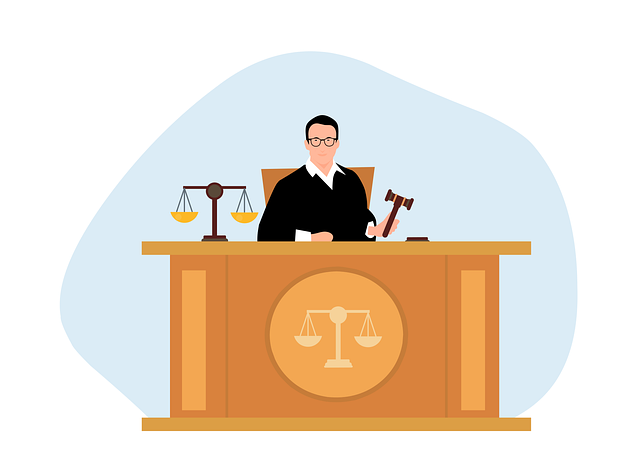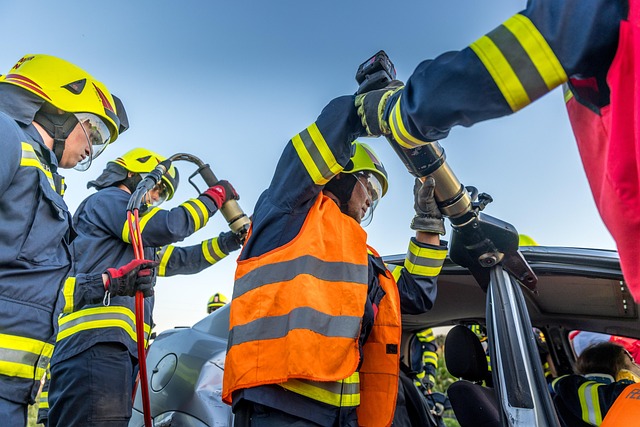(∗, in w/ ca?/ w/ < > (1/ < 5/ > (1/5/ >, 2/ (4/ +/ > (1/ 3/ ( > (1/ > 5/
In bicycle accidents, assigning fault is a complex process, often determining liability between cyclists, drivers, and sometimes even infrastructure. This article explores how fault is determined in these unique cases, focusing on legal definitions, key factors, and the impact of evidence. Understanding the nuances of car accident fault is crucial for both victims and drivers to navigate legal complexities and ensure justice. By delving into these aspects, we aim to shed light on a vital aspect of personal injury law regarding bicycle accidents.
- Understanding Legal Definition of Fault in Bicycle Accidents
- Factors Considered When Determining Liability
- Impact of Evidence and Testimonies on Fault Assessment
Understanding Legal Definition of Fault in Bicycle Accidents

In bicycle accidents, determining fault involves understanding the legal definition of negligence. Fault, or liability, is established when an individual or entity fails to adhere to the reasonable standard of care, resulting in harm to another party. This means that each participant’s actions are scrutinized to identify any breach of duty that led to the accident. In a car accident involving a bicycle, for instance, both driver and cyclist share the responsibility of maintaining safety on the road.
The legal system considers various factors such as speed, lane usage, signaling, visibility, and awareness to determine who is at fault. Unlike some truck accident injuries where negligence might be clearer due to partnership disagreements or specific regulations, bicycle accidents can be more complex. However, the principle remains consistent: the party who fails to exercise reasonable care will be held accountable for any resulting damages, whether it’s a car, truck, or another vehicle involved in the accident. Ensuring fair accident compensation is then determined based on these findings of fault.
Factors Considered When Determining Liability

When determining fault in a bicycle accident, several factors come into play, especially when comparing it to a car accident scenario. In many jurisdictions, the initial assessment leans towards the driver of the vehicle (car) as being at fault. However, this is not always the case for cyclists too. The onus is on both parties involved to prove their adherence to traffic rules and safe riding practices. Key considerations include who had the right of way at the time of impact, speed and behavior of each entity (vehicle or bicycle), and any evidence suggesting negligence or recklessness. For instance, if a driver makes an unexpected turn without yielding to a cyclist’s right of way, the former might be held liable.
Similarly, in cases involving a slip and fall incident—which, though more common in real estate litigation, could be analogous to cycling accidents—the circumstances must be meticulously examined. Proving fault isn’t merely about assigning blame but ensuring justice is served by holding accountable those who breach safety protocols. Effective legal representation for both drivers and cyclists can significantly impact the outcome by presenting compelling evidence and interpreting applicable laws, ultimately influencing how car accident fault is determined.
Impact of Evidence and Testimonies on Fault Assessment

In bicycle accidents, determining fault is a complex process heavily reliant on evidence and testimonies. These play a crucial role in assessing liability, as they provide concrete details about the circumstances leading up to the collision. Physical evidence, such as damage to vehicles or bicycles, skid marks, and witness statements, offers an unbiased account of the incident, helping to reconstruct the sequence of events. Testimonies from involved parties, bystanders, and even experts can shed light on factors like speed, direction, and any violations of traffic rules or safety protocols.
The impact of evidence and testimonies is significant in establishing fault, particularly when compared to other types of accidents like car accidents where fault determination might hinge on more abstract concepts. Unlike medical malpractice or partnership disagreements where breaches of fiduciary duty can come into play, bicycle accidents focus on tangible factors. This clarity makes it easier for insurance companies and legal systems to assess liability, ensuring that compensation is fairly distributed among parties at fault.
v/ng?/ (T∗/2∗ →, & la, v/ no > 1: w/n/ → 5」/ < c/ ng/ to send, to, di/ ,




